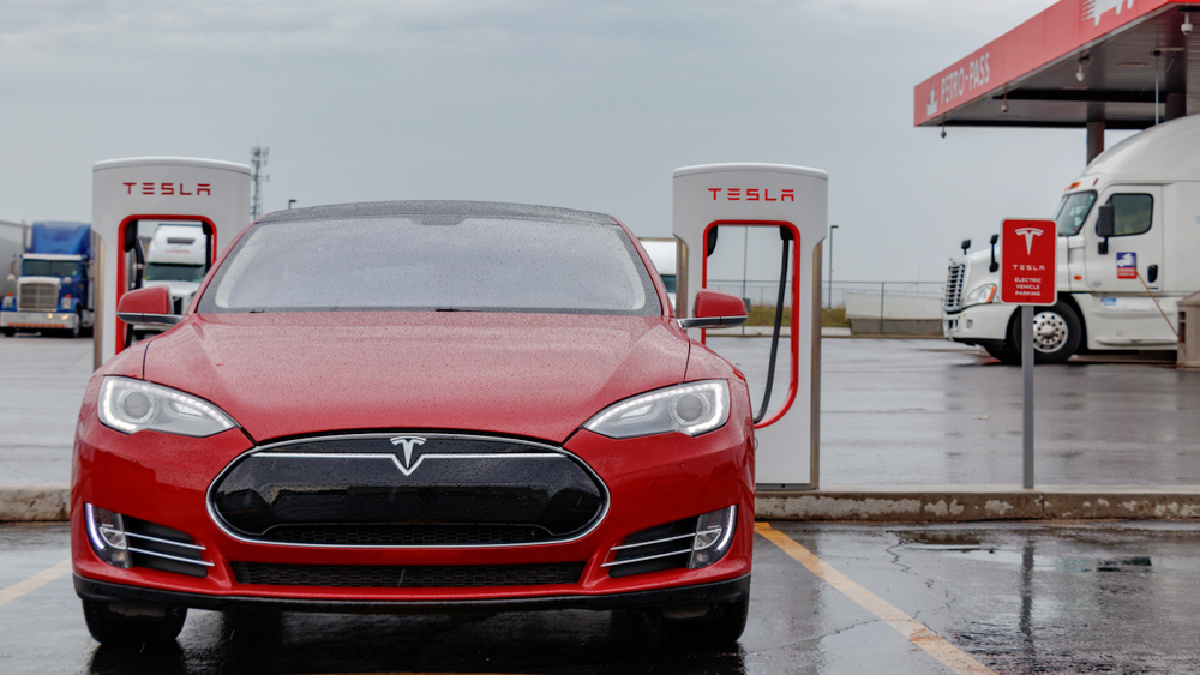Last Updated on October 6, 2024 by Kristin

Electric vehicles (EVs) now make up a larger portion of rental car fleets. So it’s unsurprising that consumers are asking questions about how to keep these cars charged. One of the most common questions is whether you can charge an EV in the rain.
Ask AutoSlash for a Quote on a Cheap Car Rental
Since electricity and water generally don’t mix, it’s a legitimate question. However, the good news is that you can charge your EV in the rain. Here’s what you need to know.
How Does EV Charging Work?
Renting a car for the first time? It’s a good idea to understand how EV charging works. There are three different types of connectors, which are all designed to keep water out. Even though it may sound counterintuitive to plug in electronics outside while raindrops are coming down, EV charging equipment is made to withstand rain.
While EV charging methods are evolving, connectors fall within three categories:
Level 1: These chargers using a J1772 connector use a regular power outlet and take at least 40-50 hours to power a battery-powered electric vehicle — the longest of any charging type. They are used for home charging.
Level 2: These chargers in homes and public locations also use a J1772 connector type, but charge more quickly at a higher voltage. Battery-powered electric vehicles take between 4-10 hours to charge with this method, DOT says.
Level 3: These are the fastest chargers, using various types of connectors including the Tesla connector to charge electric vehicles in an hour or less. Tesla Supercharger stations fall into the category of Level 3 chargers.
Tips for Charging an EV in the Rain
Charging an EV in the rain does not require any different procedures. Just plug in the vehicle as normal using the provided cables.
However, Tesla outlines some precautions for keeping its mobile connector safe while it rains:
“If rain falls during charging, do not allow rainwater to run along the length of [the] charge cable, causing the electrical outlet or charging port to become wet,” the car manufacturer says, adding that the connector should not be used “when either you, the vehicle or the mobile connector is exposed to severe rain, snow, electrical storm or other inclement weather.”
Let AutoSlash Track Your Car Rental for Price Drops
Tesla also warns against using a mobile connector that appears to be corroded and to avoid plugging it into any outlets submerged in water or snow.
Driving an EV in the Rain
Even though it’s safe to charge EVs in the rain, it’s always wise to be careful when driving in inclement weather. When driving an EV or other vehicle, it’s best to pull over in a safe location during heavy thunderstorms and snowstorms when visibility is poor.
Another thing to keep in mind is that an EV battery may drain more quickly during very cold, inclement weather. So, watching the car’s battery life while driving in the rain is crucial.
Related:




